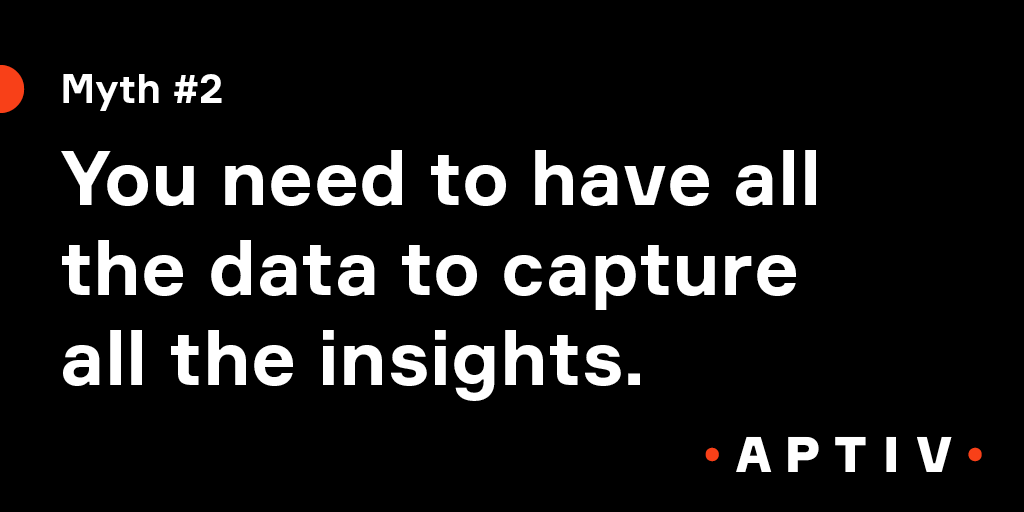Move the Needle, Not the Haystack: How Edge Computing Helps you Defy the Data Deluge
That’s a daunting amount of data for any OEM to ponder. Just think of the costs involved in capturing it all. But here’s some good news: You don’t have to, provided you have a solution in place that ensures you’re only processing the data you need to achieve your specific data-driven objectives.

Let’s bust another myth.
One of the big misconceptions in the connected data world is that we don’t know what we don’t know, so we must capture everything. Even if we could afford to do just that, the ability
to cull through all that data in a timely manner to capture the needed nuggets of insight is next to impossible. Which begs the question: What good is collecting all that data if it doesn’t provide the answers you need in the first place?
By processing only the data you need to address an issue, you not only solve that issue faster, you significantly lower your transmission fees. Sounds like a win-win, right? So how do you do it?
Move the needle, not the haystack.
Enter the world of edge computing, technology that allows you to turn big data into bigger insight, fast, by enabling you to move only
the information data you need to the cloud.
Adaptability is key here, too. As your data needs change, so should your ability to change the needles you send to the cloud. The right data solution allows you to reconfigure algorithms and triggers on the fly, so an engineer assessing vehicle performance in a higher altitude like Denver, for example, can choose not to transmit data points from his vehicles in Omaha.
The connected vehicle data storm isn’t coming, it is already here. The key to maximizing its value is a structure, one that allows you to target and upload only the high-value data you need, when you need it, so you can quickly realize the true potential of your connected data investment.
The Aptiv Connect Platform from Aptiv Connected Services provides that structure. We welcome the opportunity to show you how our platform, combined with our consultative expertise, can transform the way you use your data to solve your most daunting mobility challenges.
.tmb-portrait.png?Culture=en&sfvrsn=8a28213e_3)